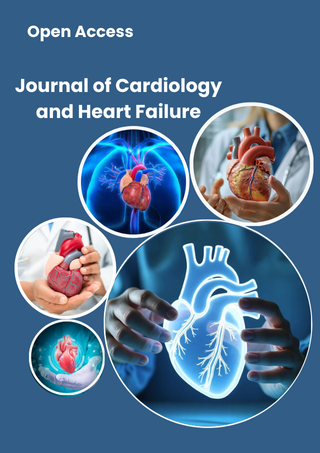ABSTRACT
Background
Prosthetic Valve Thrombosis (PVT) is a life-threatening complication, particularly when involving left-sided mechanical valves. Coronary embolism secondary to PVT is exceedingly rare and poses a diagnostic and therapeutic challenge. Guidelines recommend urgent surgery, but options are limited in patients with unstable blood pressure or who are inoperable.
Keywords: Prosthetic valve thrombosis, coronary embolism, stuck mechanical valve, tenecteplase, aspiration thrombectomy, off-label thrombolysis, valve-related STEMI.
Case Summary
We present a rare case of a 50-year-old male with a history of double mechanical valve replacement on chronic warfarin therapy, who presented with symptoms of acute anterior STEMI. He was found to have a stuck aortic valve due to thrombus formation, with embolization into the left anterior descending artery (LAD) causing coronary obstruction. The patient was hemodynamically unstable (BP 90/60 mmHg) and had a subtherapeutic INR of 1.1. Surgery was deemed too high-risk. Full-dose tenecteplase was administered (⅓ intracoronary, ⅔ intravenous), followed by multiple aspiration catheter runs. The patient’s condition rapidly stabilized, with restoration of LAD patency and full valve mobility. No stents were used. Follow-up on day 3 showed complete thrombus resolution. He was discharged on day 4 on optimized anticoagulation.
Indexed In
DOAJ
CrossRef
PubMed
MEDLINE
ResearchBib
OAJI
Sindexs
EBSCO A-Z / Host
OCLC - WorldCat
Journal Flyer


